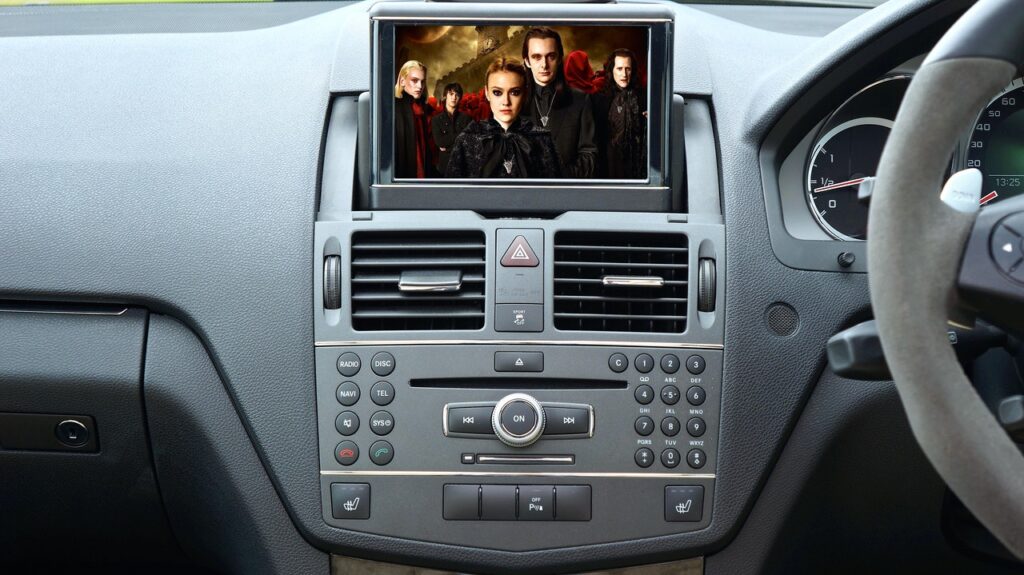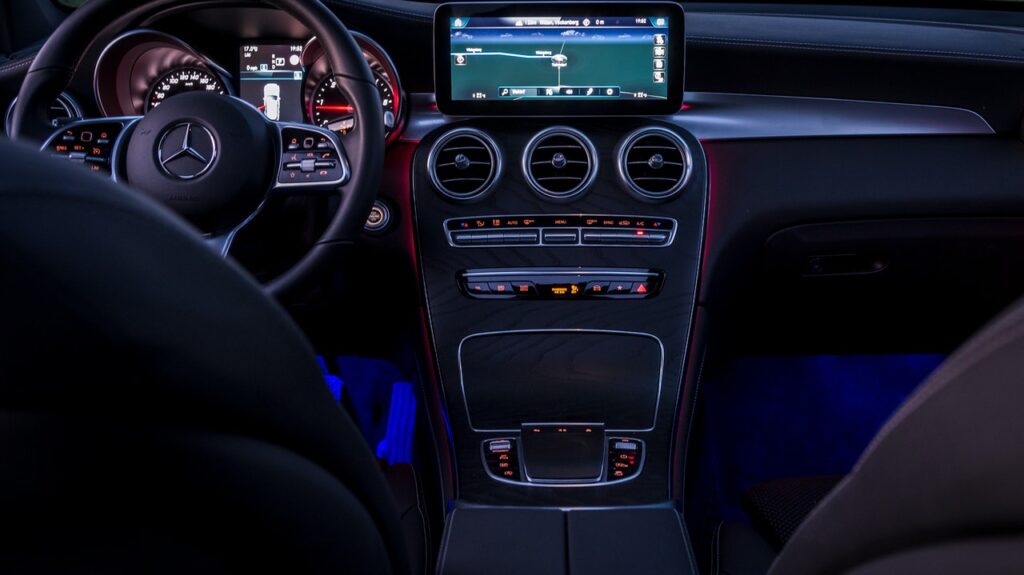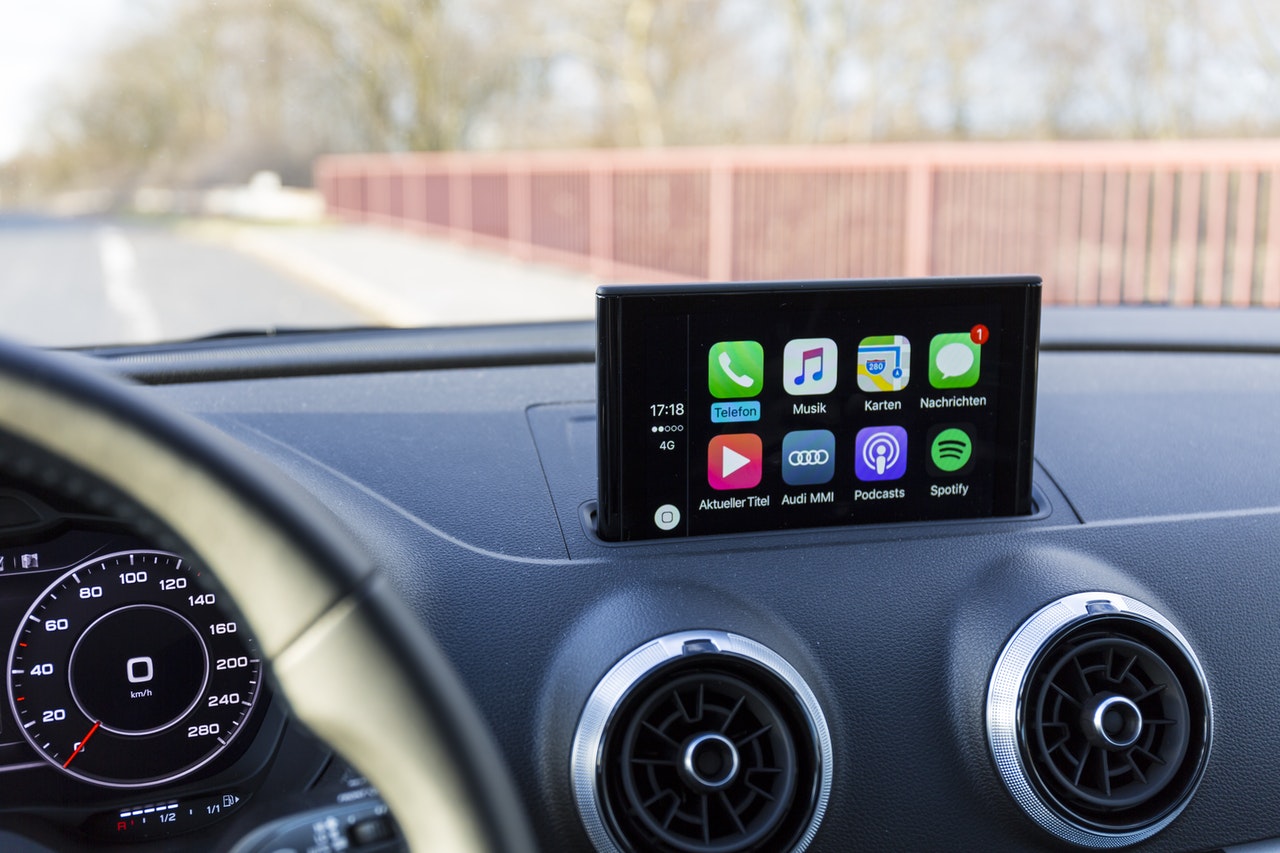The automotive industry has come a long way since the first car was produced in 1885. The vehicle of today is not only safer and more comfortable but also smarter than ever before. As technology continues to make cars better, we can't help but wonder "Why do vehicles have so many computers?"
In the 21st century, it is rare to find a vehicle without computers. In fact, modern vehicles have so many computers that they are often called "computers on wheels." Well, it is because technology has become a vital part of the automotive industry. Computers control everything from engine timing to anti-lock brakes, and they also provide entertainment for passengers in the form of DVD players and CD changers. One computer even controls all exterior lighting functions!

Control all car functions
Car Safety Features and Driver Assistance Technology:
* The black box will record speed, braking, etc. - In the event of a crash, data will be used to determine if it was a driver error or mechanical failure.
* Computers control the engine and transmission.
* The engine control unit controls the fuel delivery, ignition timing, etc. * Sensors tell the engine control unit what's happening with other critical systems.
* The brake-by-wire system replaces traditional hydraulic brake lines, using electronic sensors and actuators to control braking power. This gives engineers more flexibility in creating hybrid and advanced vehicle designs while also allowing for smaller brakes due to reduced fluid volume.
* Diagnostic port can tell when the system needs repair or replacement. For example, you didn't notice and your car's shock absorbers need to be replaced. Then the computer will give you a signal and you'll know to go to a mechanic and install the best shocks for jeep jk.
* Computers monitor gas flow, battery function, etc.
* Computers control the anti-lock brakes. The anti-lock brake system (ABS) prevents wheel lockup under hard braking, helping maintain steering ability during emergency stops; this was an option on some older model cars but is now standard equipment on all new vehicles. Steering angle sensors keep track of how much your front wheels are turned as you drive; if they get too far off centerline the car will turn itself back on course.
* Computers control the airbags.
* Computers control power steering, etc
* Computers control the stability and traction of tires. The tire pressure monitoring system (TPMS) is designed to warn you when the air pressure in any one of your tires falls below a certain point; it's not uncommon for people to run their cars too low on air and ruin their TPMS sensors, which are expensive items.
* E-shift systems allow a driver to change gears by simply pushing buttons rather than using a stick shift – no more hunting around for that elusive Park position! This technology has been used ever since electronics were introduced into automobiles back in the 1980s. It allows drivers to keep both hands firmly on the wheel at all times.

Advanced Diagnostics
* Computers control the climate and comfort features.
* Backup camera can assist with parking and prevent accidents.
* Adaptive cruise control is a form of intelligent transportation system that adjusts vehicle speed to maintain a pre-set distance from vehicles ahead, thus avoiding traffic jams or speeding tickets.
* Lane departure warning alerts drivers when they unintentionally move out of their lane (lane keep assist).
* Blind spot detection warns you if someone is in your blindspot while changing lanes (side object detection), etc.
These features can help prevent car accidents from happening by being more aware of surrounding road users at all times.
Emissions Controls
* The emission control system uses a catalyst to help break down harmful gases into less dangerous substances.
* Computers monitor the catalytic converter and oxygen sensors, etc.
Safety Concerns
Safe-Driving Technologies Available for Cars That Help Prevent Accidents:
* Automatic braking system is designed to sense an impending collision with another car or object and automatically apply the brakes.
* Driver condition monitor watches for drowsy driving by tracking steering wheel movement, etc.
* Blind spot detection warns you if someone is in your blindspot while changing lanes (side object detection).
Entertainment Purposes
* Computers control the entertainment and driver assistance technology.
* Navigation system uses a global positioning satellite to co-ordinate with other sources of information, such as traffic reports or road construction.
* The media interface allows you to operate your iPod, etc., through controls on the dashboard screen.
Some helpful tips for keeping your car's computer system running smoothly:
- First, do not ignore any dings or flashing lights that come on. They are there to warn you about something potentially serious and require attention as soon as possible.
- Be sure your engine is properly tuned up before making long trips; this ensures the best performance from all those computer systems down below.
- Do not take components apart yourself unless you know what you're doing and have the proper tools - it's a good way to damage these very sensitive parts of your car!
Finally, be sure to keep accurate records for yourself so they can be referenced if necessary in other words: BACK UP YOUR CAR'S DATABASE.
Conclusion
There are many computers in cars to help drivers. Today, cars are filled with computers and sensors that monitor everything from tire pressure to the driver's heartbeat. The purpose of the computer system is to make driving more relaxing and safer for both - driver and other road users. Computers control all safety features, entertainment systems, etc., which makes driving easier than ever before. Car manufacturers have had to invest more in safety features than ever before due to market demands. And in the future we will have more advanced technology to make driving even safer.
